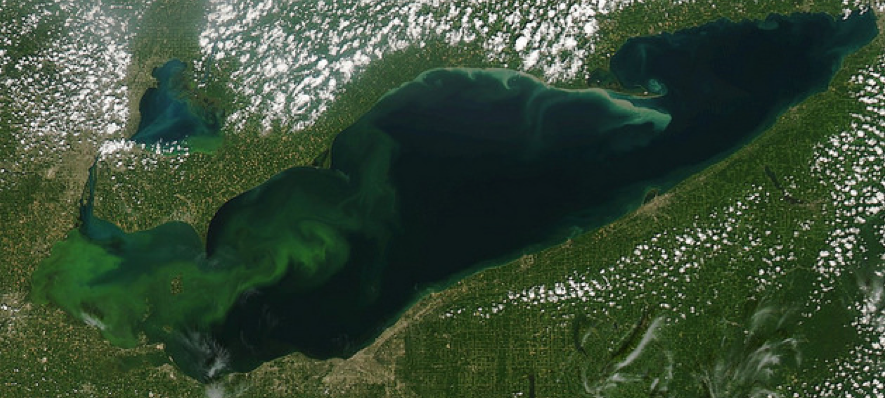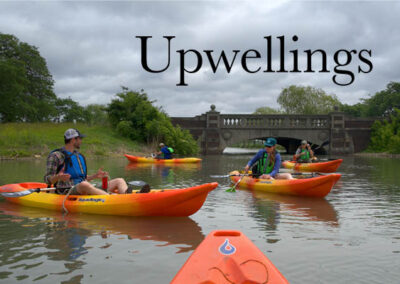Michigan Sea Grant research funding led to the development of a ground-breaking database of Microcystis strains and genetic profiles, creating a vital resource for national and international researchers studying the expanding effects of this potentially harmful algae.
Blooms of Microcystis have become an annual fixture in Lake Erie. These harmful algal blooms (HABs) can produce toxins that threaten ecosystem health and drinking water supplies. As HABs become more widespread, researchers around the world are working to identify factors that affect bloom timing, distribution, toxicity, and species composition. However, genetic variety within and among Microcystis strains makes it difficult to isolate these factors, especially when translating between laboratory and lake environments.
In 2020, Michigan Sea Grant funded Dr. Gregory Dick, a University of Michigan professor and director of the NOAA-sponsored Cooperative Institute for Great Lakes Research (CIGLR), to identify environmental factors that influence Microcystis toxicity in Lake Erie. The project dovetailed with Dick’s ongoing efforts to catalog genetic profiles from hundreds of Microcystis samples collected from Lake Erie over several years. Using the results, the research team developed a library of genetic profiles that can shed light on the differences and similarities among strains.
Dick and collaborators made their cultures and genetic profiles publically available, creating the Western Lake Erie Culture Collection. Dick says Michigan Sea Grant funding was instrumental in characterizing the cultures, expanding the collection, and providing data for a related 2023 paper. Collection managers have already fielded and filled 24 requests for batches of samples from around the nation. More than a dozen students and postdocs who worked on this project have springboarded into graduate programs and related jobs.
By making this ground-breaking collection available, Dick and collaborators are stimulating research into this rising global challenge.



